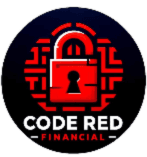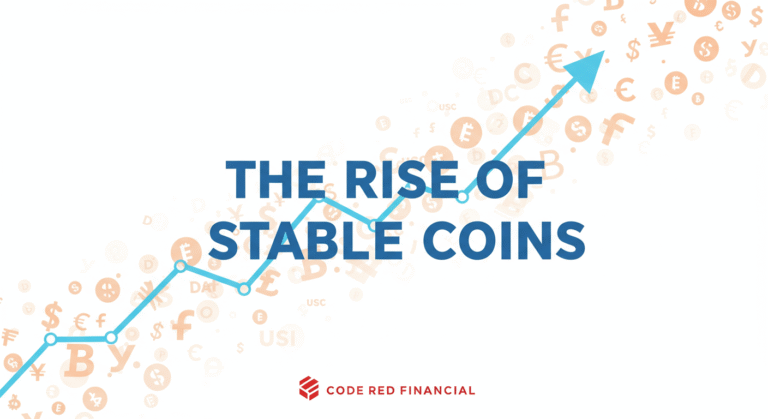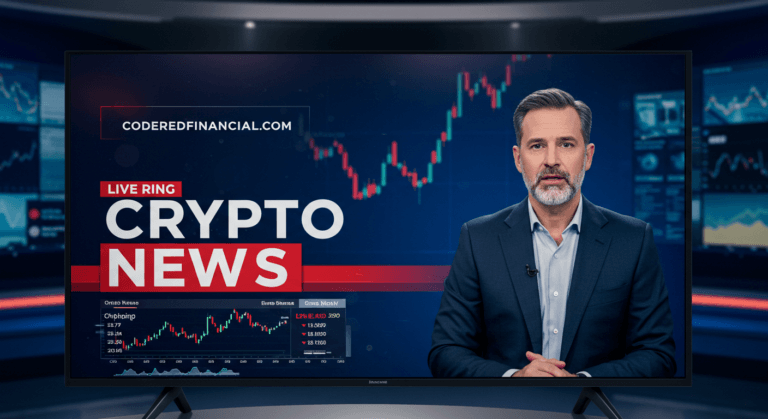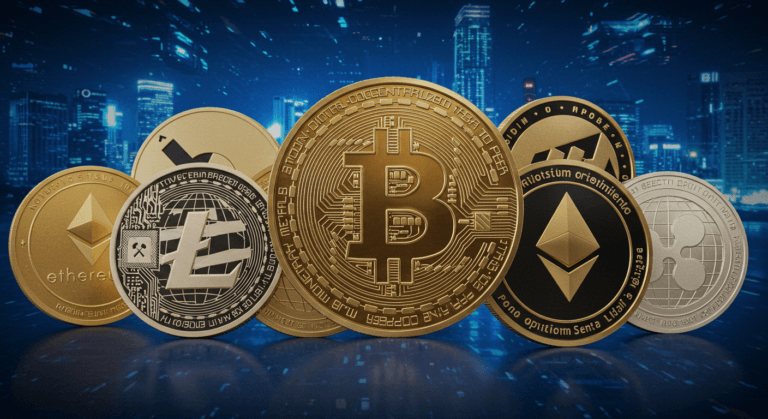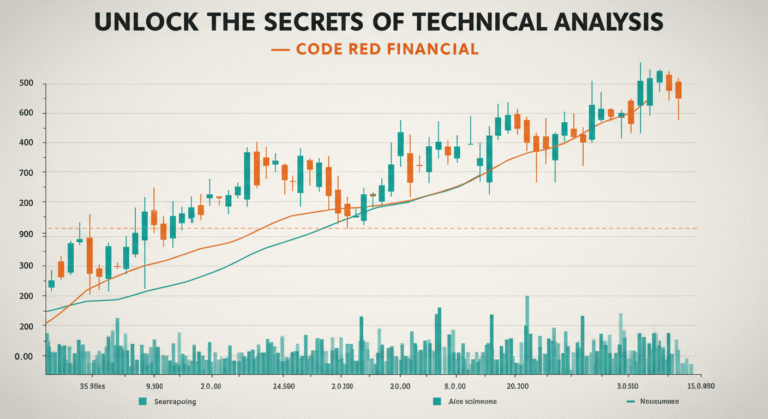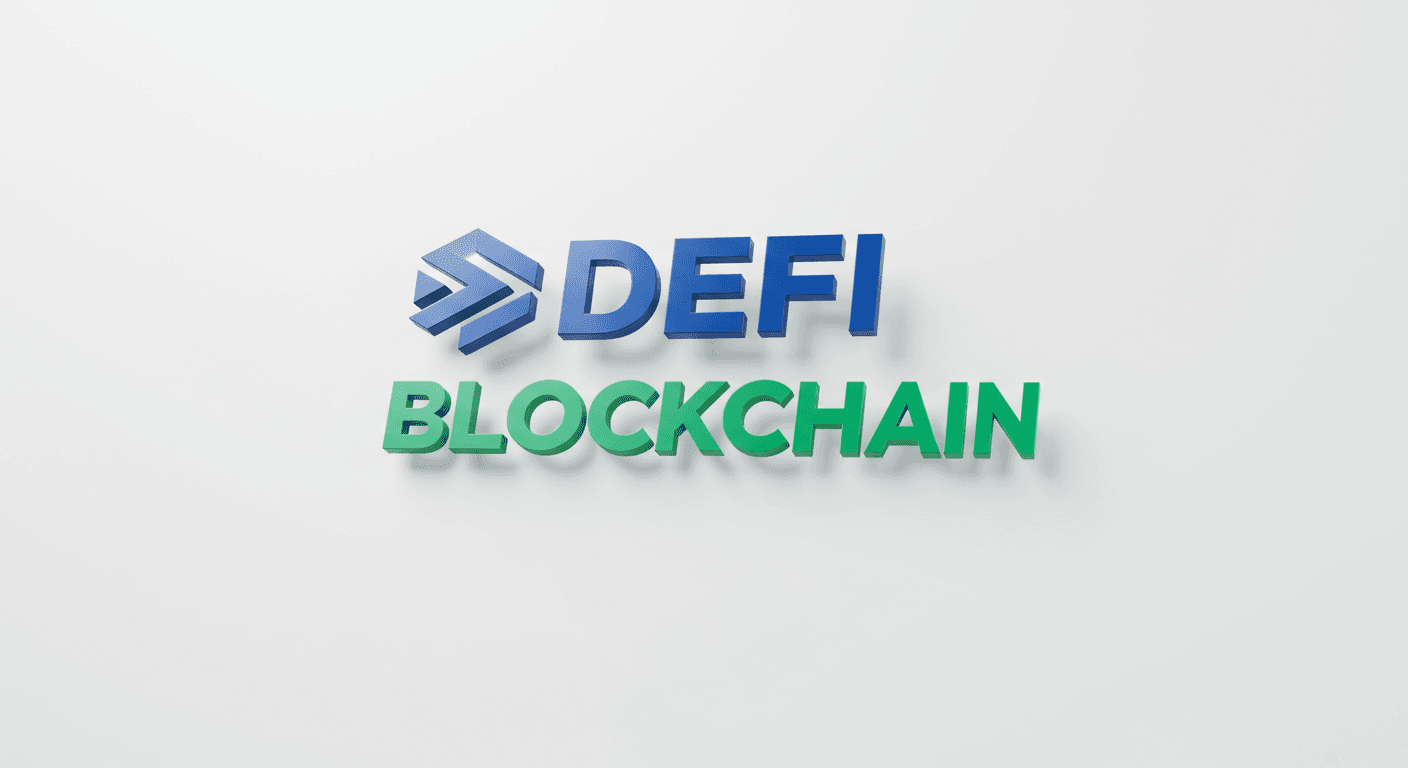
Understanding DeFi: An Introduction to the Future of Finance
I’ll be honest: my fascination with Decentralized Finance (DeFi) has become something of an obsession. DeFi represents one of the most transformative advancements in the world of finance since Bitcoin, evolving into an entire ecosystem built on blockchain technology. It reimagines how we handle traditional financial services, such as lending, borrowing, and trading, all while eliminating the need for banks and intermediaries. Instead, smart contracts—self-executing agreements embedded in blockchain platforms—automate processes in ways that democratize financial access. With this innovation, anyone can engage with financial products without the often-overwhelming complexities tied to traditional banking systems.
At the heart of DeFi lie three core principles: decentralization, transparency, and programmability. Decentralization means no single entity controls the entire network, enhancing resilience and security beyond what traditional financial institutions can offer. Transparency comes from the ability to publicly verify transactions on the blockchain, fostering trust among users. And programmability, powered by smart contracts, ensures that transactions only occur when specific conditions are met—improving security, reducing fraud, and enhancing trust in the system.
As I work on my own DeFi platform, which is currently in its early stages of development, I can’t help but feel excited about the potential impact of this technology. The journey is both challenging and rewarding, but I am confident that the solution we’re building will be an essential part of the rapidly evolving DeFi ecosystem.
DeFi isn’t limited to just lending and borrowing. It includes decentralized exchanges (DEXs), stablecoins, and yield farming—all pivotal components in its growing ecosystem. DEXs allow users to trade directly, keeping control of their assets without relying on centralized exchanges. Stablecoins offer stability in volatile markets, pegged to a stable currency like the US dollar. And yield farming rewards users who provide liquidity, adding an incentive layer that fuels the growth of DeFi.
The promise of DeFi is its ability to offer inclusive financial services to anyone with an internet connection, especially for individuals in regions where traditional banking is inaccessible. As my DeFi app continues to evolve, I’m committed to making it an integral part of this larger financial transformation.
The Advantages of DeFi: Why It Matters
DeFi brings a host of advantages that set it apart from traditional financial systems. One of its standout features is transparency. In DeFi, transactions are publicly recorded on the blockchain, making them fully verifiable. This eliminates the opacity often seen in traditional banking, where transaction histories are hidden from the public eye. DeFi’s openness builds trust and ensures users have full visibility into how their money is being handled.
Security is another major benefit of DeFi. By utilizing blockchain’s cryptographic security, DeFi platforms significantly reduce the risk of fraud and hacking. In traditional banking systems, a single breach can lead to massive losses; in contrast, DeFi platforms empower users to control their private keys, reducing centralized risks.
Moreover, eliminating intermediaries is a game-changer for efficiency. In conventional finance, banks and financial institutions serve as middlemen, slowing down transactions and adding extra fees. DeFi removes these intermediaries, enabling faster, more cost-effective transactions that can be done directly between individuals.
Perhaps most importantly, DeFi has the power to increase financial inclusivity. Traditional banking systems often exclude people in developing regions due to geographical, economic, or bureaucratic barriers. DeFi opens the door to financial services like lending and saving, accessible to anyone with an internet connection—ushering in a new era of financial accessibility on a global scale.
Finally, DeFi platforms provide a fertile ground for innovative financial products. With the open-source nature of DeFi, developers have the freedom to create tailored solutions, allowing for a diverse range of financial instruments that can meet the unique needs of users around the world. This flexibility, combined with lower operational costs and higher efficiency, makes DeFi an attractive option for those seeking alternatives to traditional financial services.
Current Trends and Future Potential of DeFi Platforms
Over the past few years, the DeFi landscape has exploded, drawing interest from investors, developers, and financial institutions alike. At its core, DeFi seeks to build a transparent, open, and decentralized financial system that removes intermediaries and grants users full control over their assets.

As I continue to develop my DeFi app, we’re keeping a close eye on current trends. One of the most exciting developments is the rise of automated market makers (AMMs) and liquidity pools. Platforms like Uniswap and SushiSwap have become central to the DeFi ecosystem, allowing users to provide liquidity and trade assets without the need for centralized exchanges. We’re working on integrating similar features into our platform, allowing users to easily swap assets and engage with the DeFi market directly.
Yield farming and staking are also gaining popularity. These strategies allow users to lock up their cryptocurrencies in various DeFi protocols, earning passive income in the form of rewards or interest. As more people look to grow their wealth through decentralized platforms, yield farming has emerged as a key component of the DeFi revolution. We’re planning to introduce yield farming rewards in our platform to incentivize participation and liquidity.
Interoperability is another growing trend in the DeFi space. As blockchain ecosystems diversify, the ability to communicate across networks is becoming increasingly important. Projects like Polkadot and Cosmos are leading the charge in creating bridges between different blockchain platforms, facilitating smoother communication and expanding the potential of DeFi. Our team is already working on ensuring that our app can integrate with multiple blockchains, offering more options and flexibility for our users.
Looking ahead, the future of DeFi appears incredibly promising, though not without its challenges. Issues such as scalability, security vulnerabilities, and regulatory uncertainty remain obstacles. However, innovations like layer-2 solutions and enhanced security protocols are already addressing these challenges. Additionally, as regulatory frameworks develop, they may provide the clarity needed for DeFi to work in harmony with traditional financial institutions—potentially bringing the best of both worlds together.
As the DeFi ecosystem matures, its integration into mainstream financial systems will play a crucial role in determining its long-term success. If it can overcome existing challenges and align with regulatory requirements, DeFi is poised to reshape modern finance into a more inclusive and efficient system.
Personal Insights: My Journey in Developing a DeFi Platform
Developing a decentralized finance (DeFi) platform has been both a challenging and rewarding journey. The platform is still in its early stages, but the drive behind its creation is clear: to democratize financial services and provide a solution to the gaps left by traditional banking systems and more. The goal is simple: build a platform that’s accessible, secure, and innovative for all users.
At this stage, the process involves overcoming numerous hurdles, from navigating regulatory complexities to ensuring robust security measures and creating an intuitive user interface. Financial services have high expectations for reliability, so balancing innovation with security is crucial. The rapid pace of DeFi development also requires my team to remain agile, continuously adapting to new technologies and market trends.
One of the most important lessons learned so far is the value of community feedback. Engaging with potential users allows us to refine the platform and ensure it meets the needs of the market. Early feedback has often led us to prioritize features we hadn’t initially considered, helping us align the platform with real user needs. By fostering a strong sense of community and ownership, we aim to build something that not only solves real-world problems but thrives in a competitive, evolving space.
As we continue to develop this DeFi app, I am more convinced than ever of the transformative power of DeFi. This space is full of possibilities, driven by innovative individuals looking to make a difference. For anyone looking to enter the DeFi world, I encourage you to stay curious, adaptable, and dedicated to creating financial solutions that can genuinely impact people’s lives.
